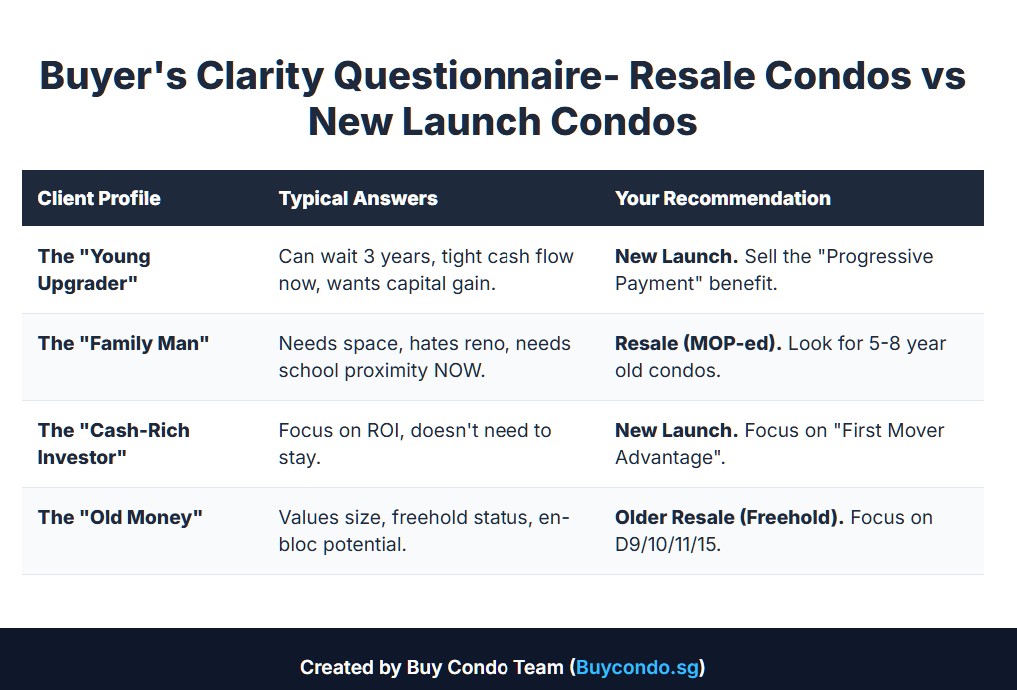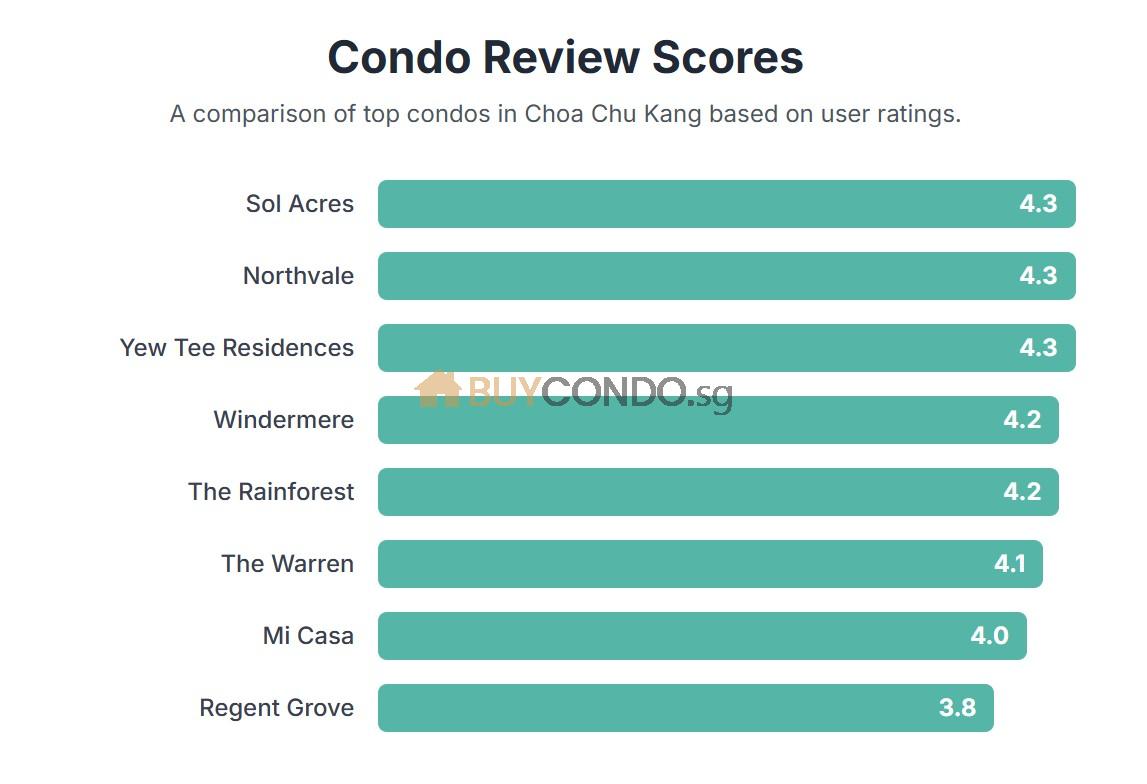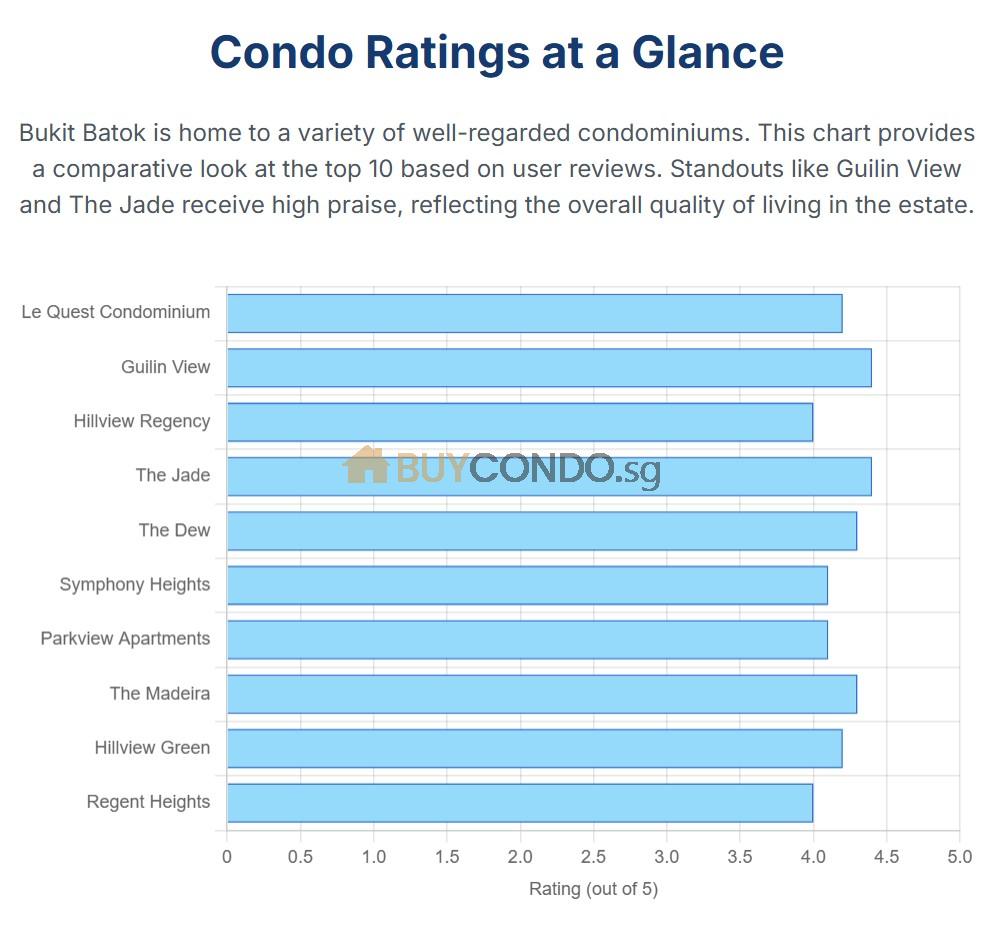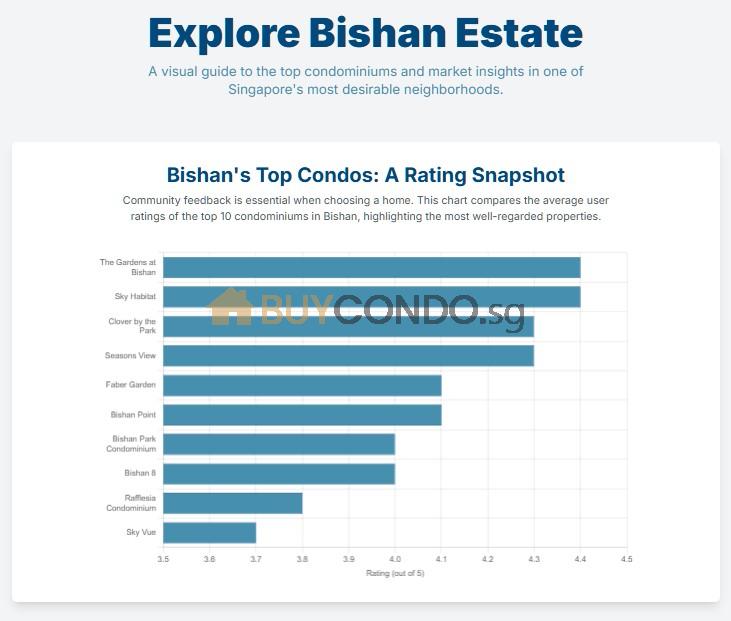Strategies for Attracting Potential Buyers in the Real Estate Market
This article explores the lack of potential buyers willing to pay the selling price in the real estate market and discusses strategies to attract serious and qualified buyers despite this challenge.
Lack of Potential Buyers Willing to Pay the Selling Price in the Real Estate Market
Understanding the Concept of Being Priced Out
In the real estate market, the concept of being priced out is a significant concern for property sellers. This term refers to the situation where potential buyers are unable or unwilling to invest in a specific market or purchase a property due to increased prices. For instance, in highly competitive metropolitan areas, prospective buyers may find themselves priced out of the market, leading to challenges for property sellers in attracting suitable buyers who are willing to pay the selling price. Factors contributing to being priced out include wage growth, real estate investment, and price elasticity of demand. For example, in regions experiencing rapid economic growth, the demand for properties may outstrip supply, leading to an increase in prices that could potentially price out certain buyers.
Societal impacts of being priced out are also noteworthy, particularly with regards to gentrification in cities. Gentrification occurs when higher-income individuals move into a specific area, resulting in an increase in property values and the displacement of lower-income residents. This phenomenon is often linked to being priced out of the housing market, highlighting the broader implications of the lack of potential buyers willing to pay the selling price.
Factors Contributing to Lack of Potential Buyers
The lack of potential buyers willing to pay the selling price can be influenced by various factors, both internal and external to the real estate market. While external factors such as changes in market conditions can impact seller behavior and buyer demand, internal considerations related to pricing strategies and market research also play a pivotal role in addressing this issue [2]. For instance, economic downturns or regulatory changes may lead to a decrease in buyer confidence, affecting their willingness to invest in properties at the seller’s desired price point.
Additionally, the impact of pricing strategy and market research on attracting potential buyers cannot be understated. A well-crafted pricing strategy that takes into account the current market dynamics and buyer preferences can significantly enhance the appeal of a property, potentially attracting more buyers who are willing to pay the selling price. Market research, on the other hand, provides valuable insights into the behavior and expectations of potential buyers, allowing sellers to tailor their offerings to better align with market demand.
Importance of Market Research and Pricing Strategy
Market research and pricing strategy are essential components in addressing the challenge of a lack of potential buyers willing to pay the selling price in the real estate market. Market research allows property sellers to gain a comprehensive understanding of the real estate landscape, buyer demographics, and evolving market trends. By analyzing market data and consumer preferences, sellers can identify opportunities to position their properties effectively and attract potential buyers who are willing to pay the selling price.
Equally crucial is the significance of pricing strategy in influencing the behavior of potential buyers. A well-defined pricing strategy that takes into account factors such as property value, competitive pricing, and buyer affordability can serve as a powerful tool in attracting potential buyers who recognize the value offered by the property. For example, employing a dynamic pricing approach that aligns with market demand and buyer expectations can enhance the perceived value of the property, increasing the likelihood of attracting buyers willing to pay the selling price.
Role of Online Exposure for Property Sellers
In the digital age, the role of online exposure is paramount for property sellers seeking to attract potential buyers, particularly in the face of a lack of willing buyers at the selling price. Online platforms provide a powerful avenue for showcasing properties to a vast pool of potential buyers, transcending geographical limitations and reaching a diverse audience of individuals seeking real estate opportunities. For instance, utilizing professional photography and virtual tours on real estate websites and social media platforms can significantly enhance the visibility of a property, capturing the attention of potential buyers who may have otherwise been unaware of its availability.
Moreover, the utilization of online exposure extends beyond traditional property listings to encompass targeted digital marketing strategies. By leveraging online advertising, search engine optimization, and social media promotion, property sellers can amplify the reach of their listings, effectively engaging with potential buyers who are actively searching for properties within their target market. This strategic approach not only increases the likelihood of attracting interested parties but also allows sellers to convey the unique selling points and value proposition of their properties to a wider audience.
Attracting Serious and Qualified Buyers
In a challenging market scenario where there is a lack of willing buyers at the selling price, the focus shifts towards implementing strategies to attract serious and qualified buyers. This involves going beyond conventional marketing approaches to highlight the distinctive features and benefits of the property, resonating with discerning buyers who are actively seeking real estate investments. For example, organizing exclusive property viewings, hosting open houses, and collaborating with reputable real estate agents can create opportunities to engage with serious buyers who recognize the intrinsic value of the property.
Furthermore, emphasizing the unique selling points and potential return on investment can be instrumental in capturing the attention of qualified buyers, particularly those who are discerning and value-driven. By effectively communicating the long-term benefits and growth prospects associated with the property, sellers can establish a compelling case for potential buyers to consider the property as a worthwhile investment, transcending the limitations posed by a lack of willing buyers at the selling price.
Working with Buyers and Planned Property Decisions
Collaborating with potential buyers and making planned property decisions are integral aspects of addressing the challenge of a lack of potential buyers willing to pay the selling price. Proactive engagement with potential buyers allows sellers to gain insights into buyer preferences, concerns, and expectations, enabling them to tailor their offerings to better meet market demand. This collaborative approach can foster a sense of transparency and trust, potentially leading to mutually beneficial negotiations and agreements that address the pricing concerns of both sellers and buyers.
Moreover, making planned property decisions involves strategic considerations aimed at enhancing the appeal and marketability of the property. This may include undertaking targeted renovations, optimizing the property’s visual appeal, and incorporating value-added features that resonate with the preferences of potential buyers. By strategically enhancing the property’s desirability and addressing any potential drawbacks, sellers can position the property as an attractive investment opportunity, thereby mitigating the impact of a lack of potential buyers willing to pay the selling price.
The Endowment Effect and Its Impact on Property Pricing
The endowment effect, a psychological bias that influences individuals to value items they own more highly than those they do not own, has significant implications for property pricing in the real estate market. This bias can influence the perceptions and expectations of both sellers and buyers, potentially impacting their willingness to negotiate and arrive at a mutually agreeable selling price. For instance, sellers who are emotionally attached to their properties may overvalue them, leading to challenges in aligning their pricing expectations with the prevailing market conditions and buyer preferences.
To address the influence of the endowment effect on property pricing, sellers should adopt strategies aimed at mitigating this bias and fostering a more objective approach to pricing their properties. This may involve conducting comparative market analyses, seeking professional valuation services, and leveraging real-time market data to establish realistic and competitive selling prices that resonate with potential buyers. By acknowledging the presence of the endowment effect and actively working to counter its influence, sellers can enhance their ability to attract potential buyers who are willing to pay the selling price, fostering successful transactions within the real estate market.
Understanding Willingness to Pay (WTP)
Willingness to pay (WTP) is a critical factor influencing buyer behavior in the real estate market, particularly in the context of a lack of potential buyers at the selling price. Understanding the determinants of WTP and its impact on buyer decision-making is essential for property sellers seeking to effectively position their properties and engage with buyers who recognize and appreciate the value offered. Factors affecting WTP include income, geography, brand loyalty, and necessity, all of which play a pivotal role in shaping buyer perceptions of property value and affordability.
In practice, sellers can leverage their understanding of WTP to tailor their pricing strategies and negotiation approaches, aligning them with the preferences and financial capabilities of potential buyers. This may involve offering flexible payment terms, highlighting the cost efficiency and long-term benefits of the property, and customizing the value proposition to resonate with the unique needs of individual buyers. By integrating the principles of WTP into their selling strategies, sellers can establish a compelling case for potential buyers to consider their properties as favorable investment opportunities, ultimately mitigating the impact of a lack of willing buyers at the selling price.
Conclusion : Strategies for Attracting Potential Buyers in the Real Estate Market
In conclusion, addressing the challenge of a lack of potential buyers willing to pay the selling price in the real estate market necessitates a multifaceted approach that encompasses market research, strategic pricing, targeted marketing, and buyer engagement. By leveraging the insights gained from market research, optimizing online exposure, and understanding buyer psychology, property sellers can navigate this challenge effectively, attracting buyers who recognize the value proposition of their properties and fostering successful transactions within the real estate market. Moreover, by acknowledging the influence of psychological biases such as the endowment effect and understanding the dynamics of WTP, sellers can refine their selling strategies to resonate with potential buyers, ultimately addressing the issue of a lack of willing buyers at the selling price.

















